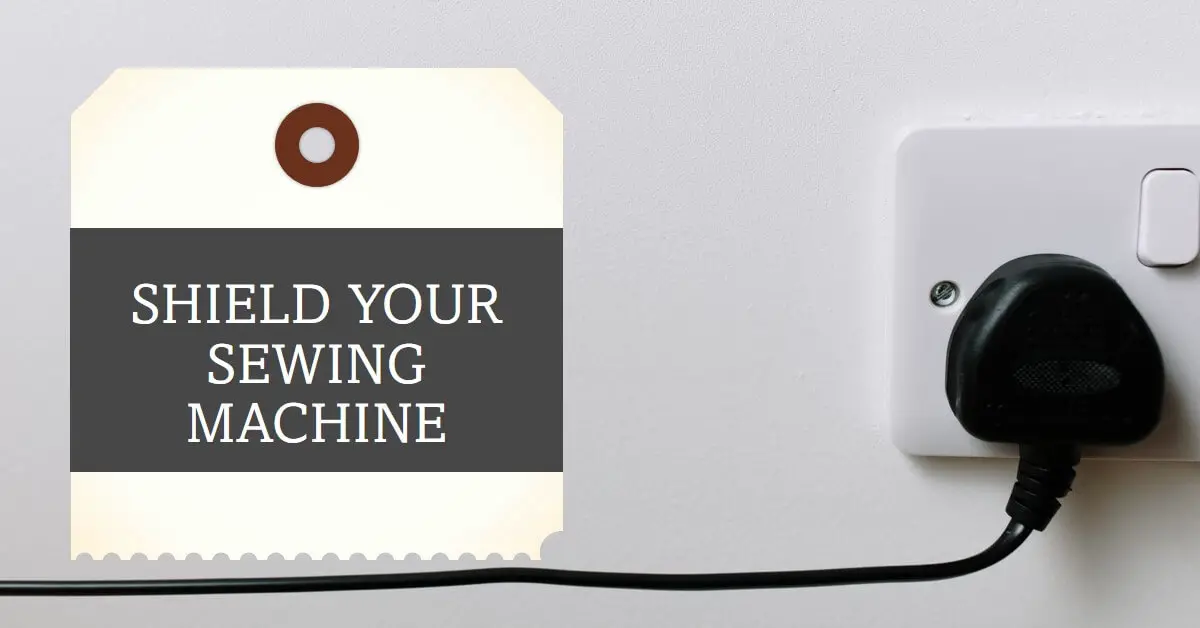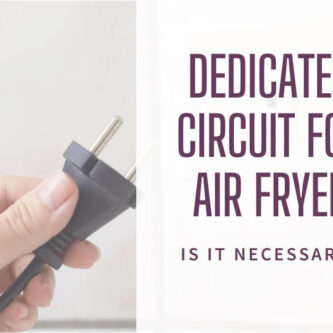Image: “Article Feature Image” by Bing is licensed under CC BY-NC-SA 4.0. Source: Bing Graphic Art. License: CC BY-NC-SA 4.0.
Understanding the impact of voltage drop on sewing machine motors is crucial for ensuring their optimal performance and longevity.
Sewing machines are delicate devices that rely on consistent and stable electrical power to operate efficiently.
This article explores the concept of voltage drop, and its potential consequences on sewing machine motors, and provides practical tips to mitigate voltage drop issues. Harnessing Decades of Electrical Expertise: With over a decade of experience as an electrical engineer, I confidently affirm that low voltage can potentially damage a sewing machine motor.
Understanding Voltage Drop
Voltage drop refers to the decrease in electrical voltage along a circuit due to resistance, length, and gauge of the wiring, as well as the number of electrical devices connected.
It can occur in any electrical system and is influenced by factors such as wire size, distance, and load.
Voltage drop can result in inadequate power supply to devices, leading to various operational issues.
Sewing Machine Motors and Voltage Drop
Sewing machine motors are the heart of these devices, powering the needle, feed dogs, and other moving parts.
They are typically designed to operate within a specific voltage range to ensure optimal performance.
However, sewing machine motors can be sensitive to voltage fluctuations, including voltage drop, which can potentially damage their internal components.
Impact of Voltage Drop on Sewing Machine Motors
Voltage drop can have several detrimental effects on sewing machine motors, including:
- Diminished Performance: Sewing machines may experience reduced motor speed, resulting in slower stitching and compromised sewing quality.
- Overheating: Voltage drop can cause increased current flow in the motor, leading to excessive heat generation. This can shorten the motor’s lifespan and potentially pose a fire hazard.
- Motor Damage: Continuous exposure to voltage drop can strain the motor’s components, such as the windings and brushes, causing premature wear and potential motor failure.
Low voltage can cause damage to the home appliances, read also my other comprehensive article: Is Voltage Drop Killing Your Refrigerator? Here’s What You Need to Know
Mitigating Voltage Drop for Sewing Machine Motors
To minimize the risk of voltage drop damage to sewing machine motors, the following steps are recommended:
- Proper Wiring: Ensure the correct wire gauge and proper wiring techniques are used during installation to minimize voltage drop.
- Voltage Stabilization: Consider using voltage stabilizers or regulators specifically designed for sewing machines to maintain a stable power supply.
- Electrical Load Management: Avoid overloading the circuit by minimizing the number of devices connected to the same circuit as the sewing machine.
- Power Source Evaluation: Regularly assess the voltage levels in your sewing machine’s power source to identify potential voltage drop issues.
Troubleshooting and Maintenance Tips
To diagnose and address voltage drop issues in sewing machine motors, consider the following:
- Testing Voltage Levels: Use a multimeter to measure the voltage at the sewing machine’s power outlet during operation to identify any significant fluctuations.
- Electrical Inspection: Periodically check the electrical connections, wiring, and plugs for any signs of damage or loose connections.
- Regular Cleaning: Keep the sewing machine and its motor clean from dust and debris to maintain optimal performance and prevent overheating.
- Professional Servicing: If you suspect voltage drop damage or encounter persistent motor performance issues, consult a professional sewing machine technician for thorough inspection and repair.
Read my article: Don’t Let Voltage Drops Damage Your Microwave
Conclusion
Voltage drop can pose a significant risk to sewing machine motors, leading to diminished performance, overheating, and potential motor damage.
By understanding the causes and consequences of voltage drop and implementing preventive measures, such as proper wiring, voltage stabilization, and regular maintenance, sewing machine owners can safeguard their motors and ensure consistent and reliable operation.
Remember, addressing voltage drop is crucial for maximizing the lifespan of sewing machine motors and maintaining high-quality stitching results.
you work With Electricity! Don’t leave empty-handed!
Looking to stay ahead of the game in the world of electrical engineering? Subscribe to my YouTube channel and gain access to exclusive content you won’t find anywhere else!
The staff I recommend (Amazon Affiliate Links to products I believe are high quality):
- Economy 120 Volt/60Hz AC Power Source – Step-Down Voltage & Frequency Converters 1800W
- UNI-T Digital Multimeter Tester UT139C
- 50-Amp Extension Cord for RV “100ft”
- Voltage Stabilizer 110/220v
- Hair Dryer “best selling“
- TOSHIBA EM131A5C-BS Countertop Microwave Ovens
Disclaimer: This contains affiliate links to Amazon products. I may earn a commission for purchases made through these links.



